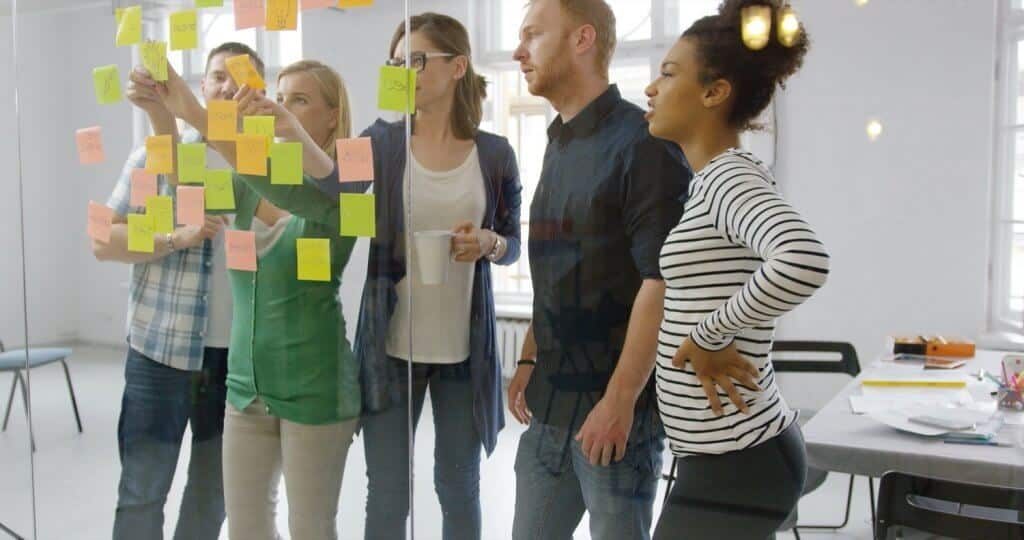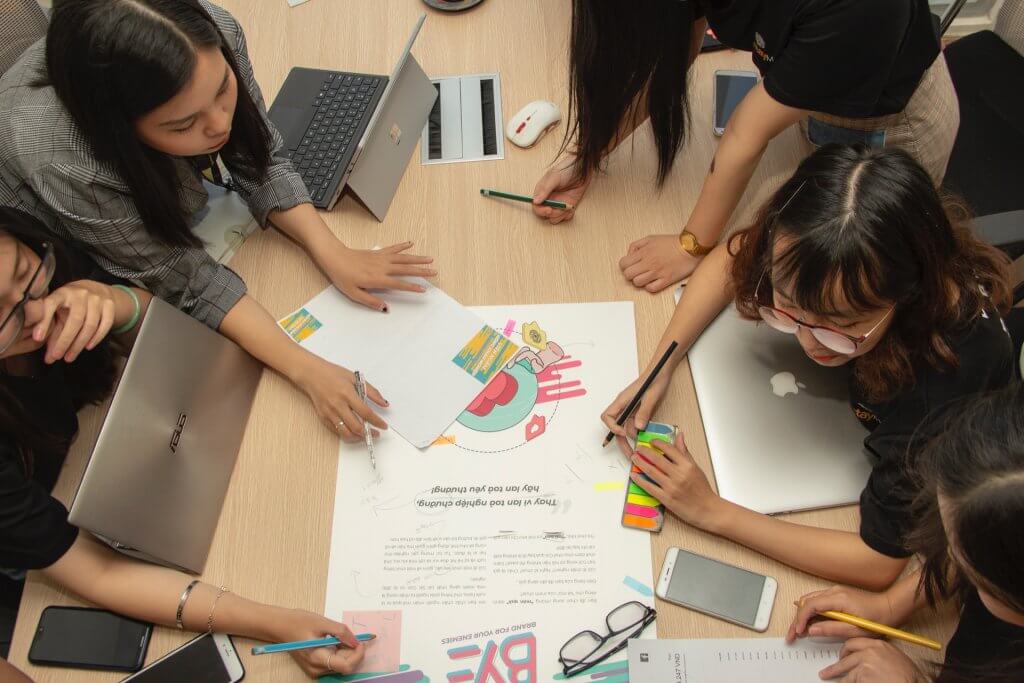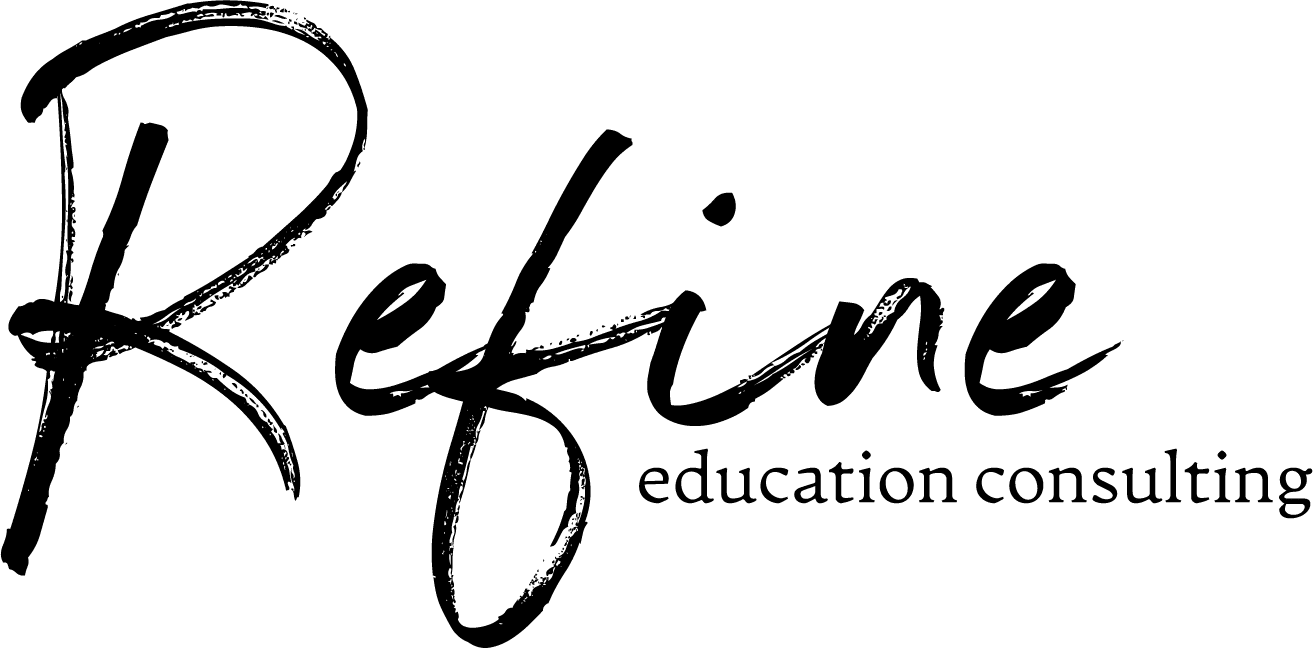Planning & Design

“It is not our job to prepare children for schools… it’s our job to prepare schools for children.”
Big shifts in teaching and learning require new instructional models. A shift in today’s classrooms should focus on a student-centered environment, developing creative, innovative thinkers focused on integrated, problem-based learning. At Refine, utilizing design-thinking processes and vertical alignment is critical to building instructional modeled designs which create access for all learners.
The Refinement of instruction can utilize current curriculum, embedding additional supports to scaffold and build instruction for young learners. These supports will integrate accessibility, culturally responsive practice, and extensions to drive thinking and learning to new heights.
When we try to pick out anything by itself, we find it hitched to everything else in the universe.
-Muir, 1911
Integration acknowledges and builds on the relationships which exist among all things. An integrated curriculum implies learning that is synthesized across content areas and learning experiences that are designed to be mutually reinforcing. This approach develops the child’s ability to transfer their learning to other settings.
Early learning advocates learning experiences which are relevant, purposeful, and worthwhile. If experiences are to engage children, they need to be shaped by children’s interest and enthusiasm. This means choosing themes, topics, projects, or areas of study based on the knowledge children have and intentionally constructing a plan which is driven by the children’s curiosity. This does not mean an undirected, ever-changing scavenger hunt in search of answers to the question of the day. The children’s need for exploration becomes the vehicle for the integration. The teacher’s responsibility is to bring awareness and construct the intentional plan which will provide the scope and depth necessary to ensure a valuable educational experience for all children.
What do we learn about children through observation?
Interests and preferences
Levels of cognitive and social development
Strategies for creating desired effects
Skills and accomplishments
Personalities and temperaments
Children follow natural developmental progressions in learning. Curriculum research has revealed sequences of activities that are effective in guiding children through these levels of thinking. These developmental paths are the basis for the learning trajectories. Research shows that when teachers understand how children develop content understanding, they are more effective in questioning, analyzing, and providing activities that further children’s development than teachers who are unaware of the development process. Consequently, children have a much richer and more successful learning experience in the primary grades. Learning trajectories allow teachers to build the foundational skills of children – the thinking of children as it develops naturally. So, we know that all the goals and activities are within the developmental capacities of children. We know that each level provides a natural developmental building block to the next level, providing the solid foundation for school success. – D. Clements
The Role of the Teacher
in Planning & Design
Educators who are deliberate and purposeful in what they do:
- Promote children’s learning through worthwhile and challenging experiences and interactions which foster high-level thinking
- Seize opportunities during experiences and conversations to extend children’s thinking and learning
- Model and demonstrate active listening skills
- Utilize varied communication strategies, such as open questions, explanations, speculation and problem solving
- Move flexibly in and out of various roles and draw on different strategies as the context changes
- Draw on contemporary theories and research for their knowledge and practices
- Monitor children’s wellbeing, life skills and citizenship, and use the information to guide program planning
- Monitor children’s needs and interests and incorporate them into program planning
- Identify ‘teachable moments’ as they arise and use them to scaffold children’s learning and development.
Strategic Planning
Strategic planning ensures your agency’s vision is inspiring and actionable. Through a dynamic, responsive, and focused planning process, we see changes that are successful, sustainable and scalable. Refine works with team leaders to support your agency in developing clear visions and actionable steps to achieving tangible results.
Refine believes in utilizing and building on an agency’s strengths, first and foremost. The past is a step to the future. Through the Refinement of current practice, we partner to build what the next chapter will be in your agency’s journey.
“If you want to go fast, go alone. If you want to go far, go together.”
– African Proverb
Add Your Heading Text Here

Continuous Improvement is an organization-wide imperative that calls for the involvement of educators, staff, children and their families. If the values of CI are to be successfully nurtured, a system must be in place to facilitate that involvement.
What is it?
Continuous Improvement Is incremental adjustments to processes, services or programs with the objective of increasing quality and effectiveness. This idea is not limited to programs that are struggling, but is equally applicable to programs that are already demonstrating high quality.
The process of identifying, describing, and analyzing strengths and areas for Refinement and embedding further testing, implementing, learning from, and revising solutions. More simply, one can describe continuous improvement as an ongoing cycle of collecting data and using it to make decisions to gradually improve program processes.
- Identify your agency’s vision and mission
“What do we want children to know, be and do as a result of attending our program?”
- Identify your continuous improvement goals
“How does our vision and mission meet the needs of ALL learners and is aligned to our curriculum, instruction and learning environment design?”
- Engage staff and children in a continuous improvement mindset
